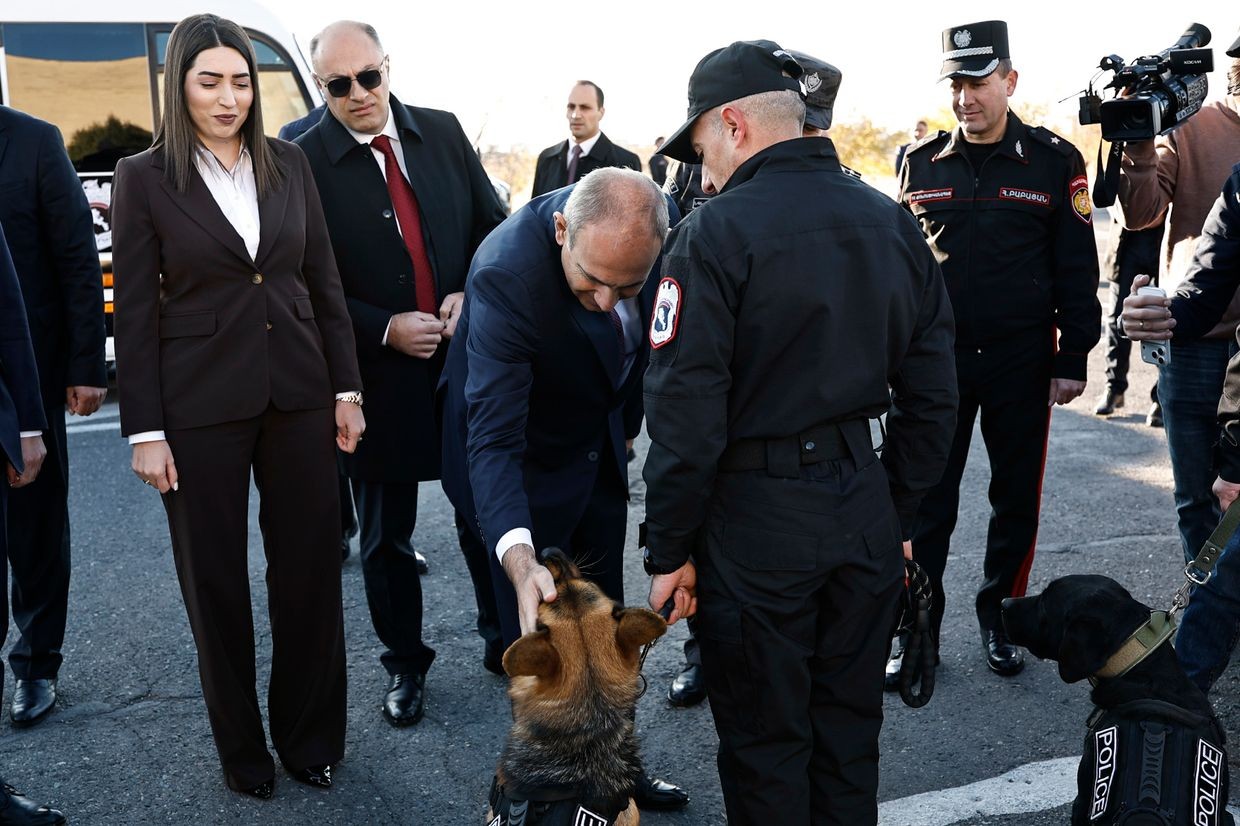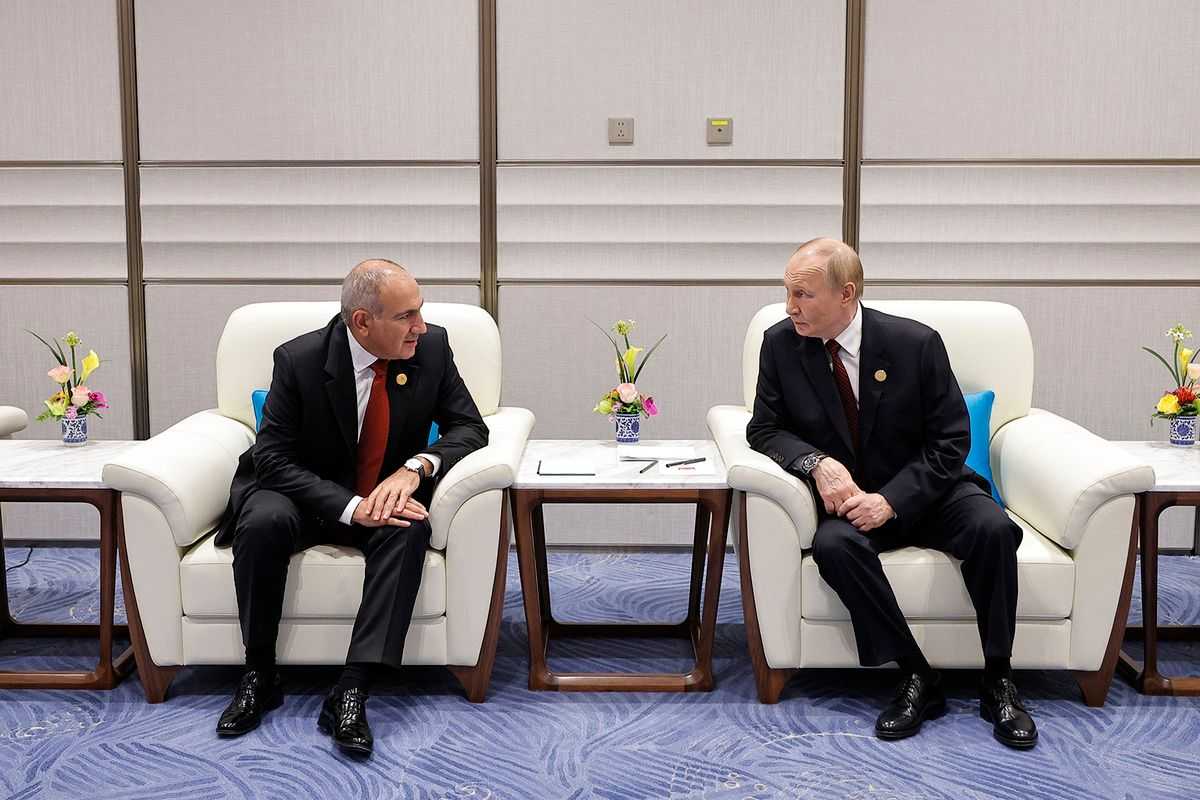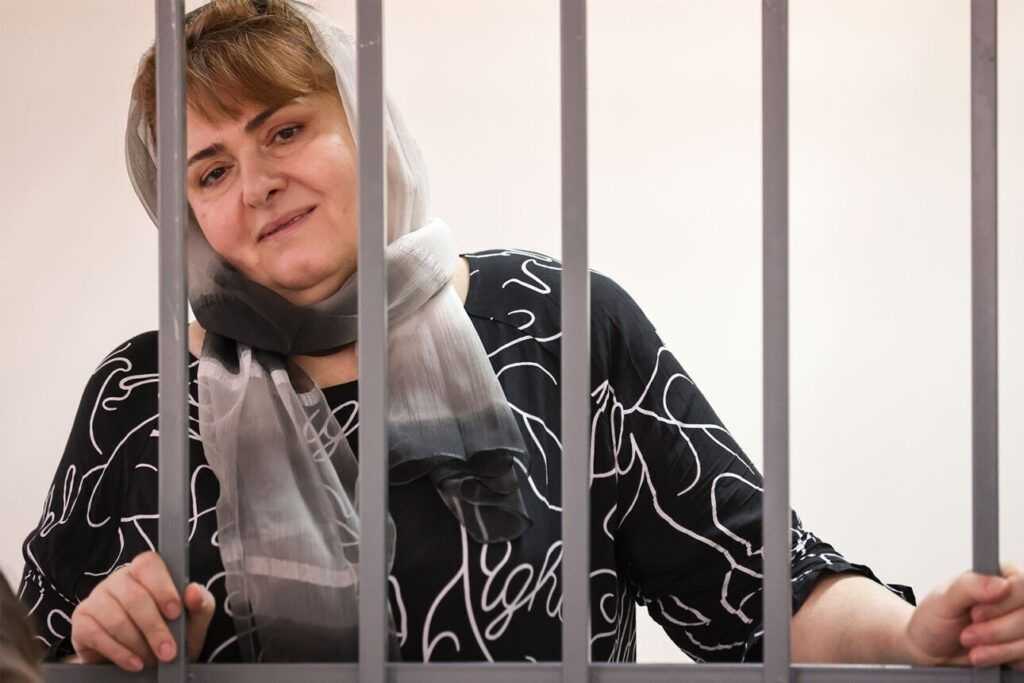
Armenia has officially launched the Police Guard, a newly established unit within the Interior Ministry, beginning operations on 1 November 2025.
The Police Guard is one of four branches of the police and is tasked with public order maintenance, protection of key state facilities and individuals, and supporting law enforcement bodies in emergency situations.
Prime Minister Nikol Pashinyan attended the inauguration ceremony and said, ‘From today we open a new chapter in the history of the police and the Interior Ministry system’. He described the formation of the force as ‘a significant phase in the reform of the police and a step towards modern, standards-aligned internal security’.
According to government statements, the Police Guard will feature personnel trained to international standards, equipped with new weaponry and tools. Its mandate includes the protection of important state properties, provision of public security, involvement in crowd control for authorised assemblies, and support in declared states of emergency. The force was created to replace the Internal Troops, which was legislated in 1997.
This legislation will now be replaced by a legislative framework tailored to the Police Guard and its duties. The transition is described as part of a five-year modernisation plan intended to grant Armenia internal-security tools comparable to European standards. The government says the change will also help accommodate peaceful public assembly by distinguishing between ordinary law enforcement and a specialised guard with targeted public order responsibilities.
The reform will require longer training periods for officers and clearer use of force guidelines, which officials hope will enhance accountability and reduce rights abuse risks. The Interior Ministry emphasises that no officer may be deployed into the guard without appropriate specialist preparation and that the unit will begin operations only after internal readiness has been verified.
Previously, criteria for the use of force by the police was unregulated in Armenia.
Deputy Interior Minister Arpine Sargsyan said that comprehensive training and preparations have been underway ahead of the launch of the new police force. ‘We are creating the institutional, operational and legal framework of a modern internal-security unit. The Police Guard will function in compliance with the rule of law and respect for human rights’, she added.
Some critics have raised concerns about the timing and purpose of the new unit. With parliamentary elections scheduled for 2026, opposition figures have argued the government may be seeking to tighten control over assemblies and protests under the guise of modernisation.
This marks the second large-scale reform in the Armenian Police, with the country moving into introducing a new patrol police in 2019. The reform was completed in 2023, covering the whole country.

This article was translated into Russian and republished by our partner SOVA.










